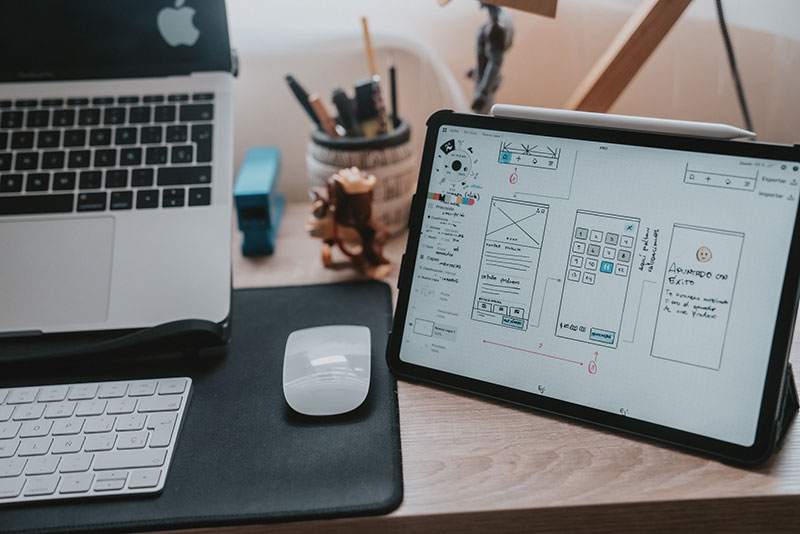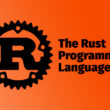Measuring the Success of Product Design

When developing a digital product or service, the obvious question usually arises: how to measure the effectiveness of a particular solution? How to understand if the product is better or worse than competitors? One of the successful measurement methods of product designing is benchmarking. Today we’ll take a look at the key metrics that companies use to determine how successful a product’s design is with users.
6 Metrics to Measure Product Design Success
Let’s take a look at the metrics that help measure the success of product designing results.
User satisfaction rating
The most trivial metric to identify the level of success design is customer satisfaction. It is abbreviated CSAT and consists in assessing the degree of user satisfaction with either individual features or the product as a whole. Usually, the target audience speaks freely about what they don’t like, so you can safely choose not even a 5 but a 7 point scale to assess the positivity of their perception of your product design
Retention rate
This metric identifies those customers who, despite the drawbacks of your design, decide to keep using it anyway. When you measure success of your product in this context, it is important to evaluate both the specific actions within your system and the degree of its user activity.
Thanks to this, you will be able to understand how deeply your users are able to “penetrate” the functionality of your product and become advanced ones from beginners. Thus, those who can be classified as advanced will determine the level of retention of your product design.
System usability scale
Now let’s move on to assessing the level of usability. This is critically important because no matter how useful your product is for its target audience, not everyone will be able to master the intricate functionality. Thus, you should take care to make your product as intuitive and understandable as possible for any category of users – this is the only way you can ensure a high level of involvement and make them feel positive emotions when dealing with your solution.
In practice, the method of evaluating this metric is not much different from the ones above, since here also a product success is measured by numerical scales, a positive experience that is calculated in direct proportion to the growth of the number in this metric.
Task execution speed
Why not try measuring design in terms of the speed with which users complete targeted actions within it? In fact, you will have to calculate the number of actions that were successfully completed within a fixed time period.
If you are unhappy with the test results you get, you can incorporate more hints and pointers into your design that encourage you to take the next action.
Heuristic evaluation
Heuristic evaluation helps the KPI designer to effectively identify the key weaknesses of their project. In particular, the uniqueness of functionality and navigation, the responsiveness of the interface, its predictable behavior, and the level of complicity of users who have encountered problems when dealing with it are taken into account. Note that this is not a complete list of heuristics that you can use.
Product description
Unfortunately, this metric is overlooked even by experienced designers, but it shouldn’t be dismissed. It only applies to e-commerce projects. The fact is that the way you present content ultimately plays a key role in shaping the quality of user experience. Thus, you will have to pay special attention to what images, texts, and product page layouts you use.
- What Is Rust Used For? A Guide to Its Applications - May 4, 2024
- Simplifying Video Editing: Creative Apps Like Kapwing - May 3, 2024
- Healthcare software: Exploring 10 essential types and their benefits - May 3, 2024








